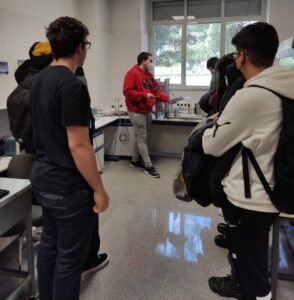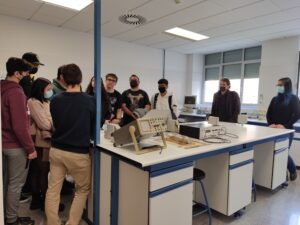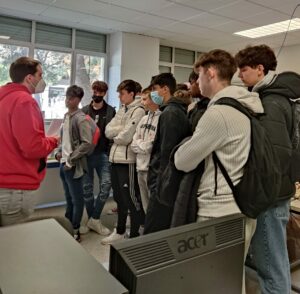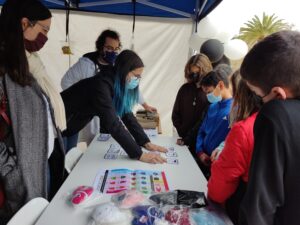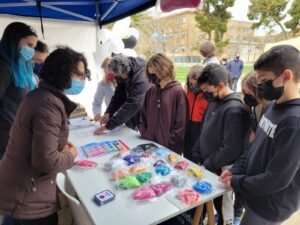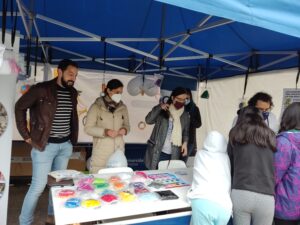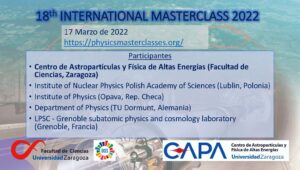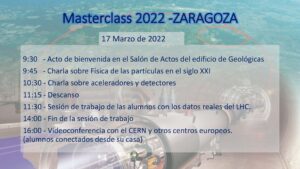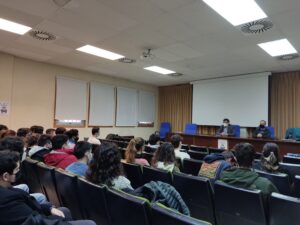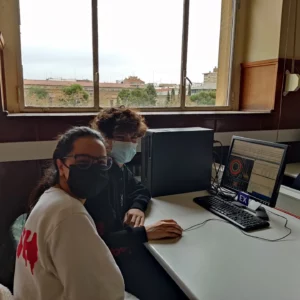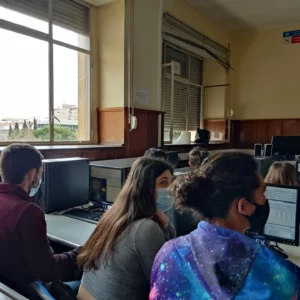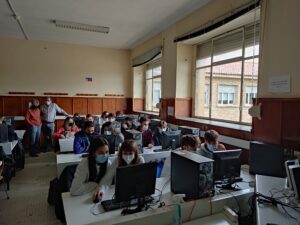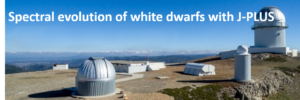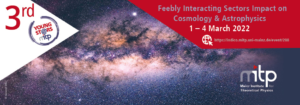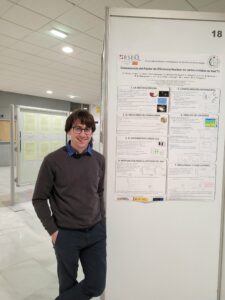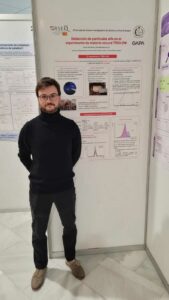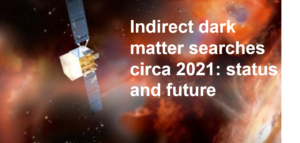Charla de Diego Blas: «Soundscape of gravitational waves: a new tool to access the fundamental blocks of the Universe»
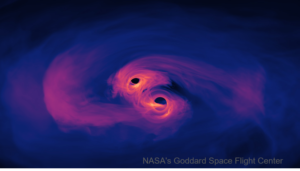
Diego Blas is a researcher at UAB (Universidad Autónoma de Barcelona) and IFAE (Instituto de Física de Altas Energías). His research interests are in theoretical physics, gravitation and cosmology.
Abstract: In this talk, current and future efforts to detect gravitational waves from Earth and space observatories will be reviewed. Diego will also emphasise the physical consequences of these searchers, in particular regarding fundamental physics (primordial cosmology, dark matter, modified gravity…)
Viernes 6 mayo, 12 horas, seminario de Física Nuclear. On-line (Google-meet)
Charla de Diego Blas (cartel)


